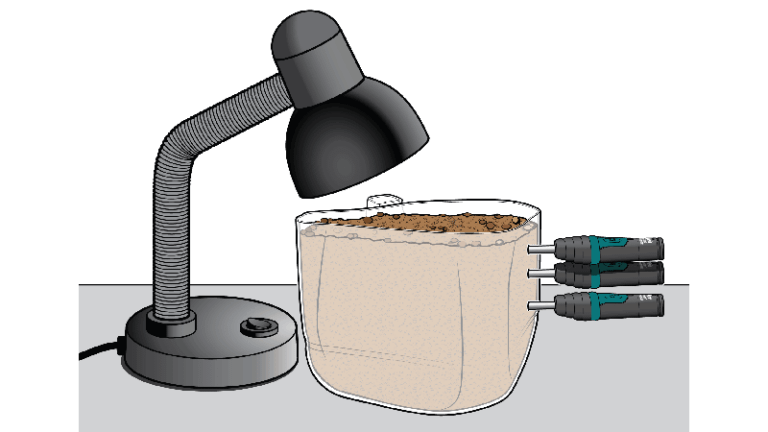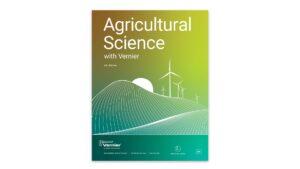
Introduction
How do flowers and other plants know when to start growing in the spring? How do farmers know when it is safe to plant their crops? Soil temperature plays an important role in both of these decisions. Each spring, soil is heated from above by warmer air and by solar radiation. Once the soil reaches a certain temperature, farmers can plant their crops and plants start to grow.
Soil temperature changes more slowly than the air temperature, so there is always a lag time between the extremes of air temperatures and soil temperatures. Because of daily temperature fluctuations, the soil could be cooler than the air in the daytime and warmer than the air in the nighttime.
Soil temperatures also change with depth. The deeper the soil, the more constant the temperature will be. Because of this, when referring to soil temperatures, the depth at which the measurements were taken is also important. The average soil temperatures across the United States at a depth of 4 inches. This is the depth used by the US Department of Agriculture (USDA) and the National Oceanographic and Atmospheric Administration (NOAA) in their Weekly Weather and Crop Bulletin. This particular figure shows data from April 2002. If you look carefully, you can see the isotherms indicating the regions where various crops such as wheat and corn can develop.
In this experiment, you will use temperature probes to monitor the soil temperature at three different depths. A lamp and a bowl of ice will be used to simulate day and night. You will observe how soil temperatures vary at different depths and the timing of these variations.
Objectives
- Simulate temperature changes over a two-day period.
- Use temperature probes to measure the temperature of soils at different depths.
- Explain your results.
Sensors and Equipment
This experiment features the following sensors and equipment. Additional equipment may be required.
Option 1

Ready to Experiment?
Ask an Expert
Get answers to your questions about how to teach this experiment with our support team.
- Call toll-free: 888-837-6437
- Chat with Us
- Email support@vernier.com
Purchase the Lab Book
This experiment is #10 of Agricultural Science with Vernier. The experiment in the book includes student instructions as well as instructor information for set up, helpful hints, and sample graphs and data.


